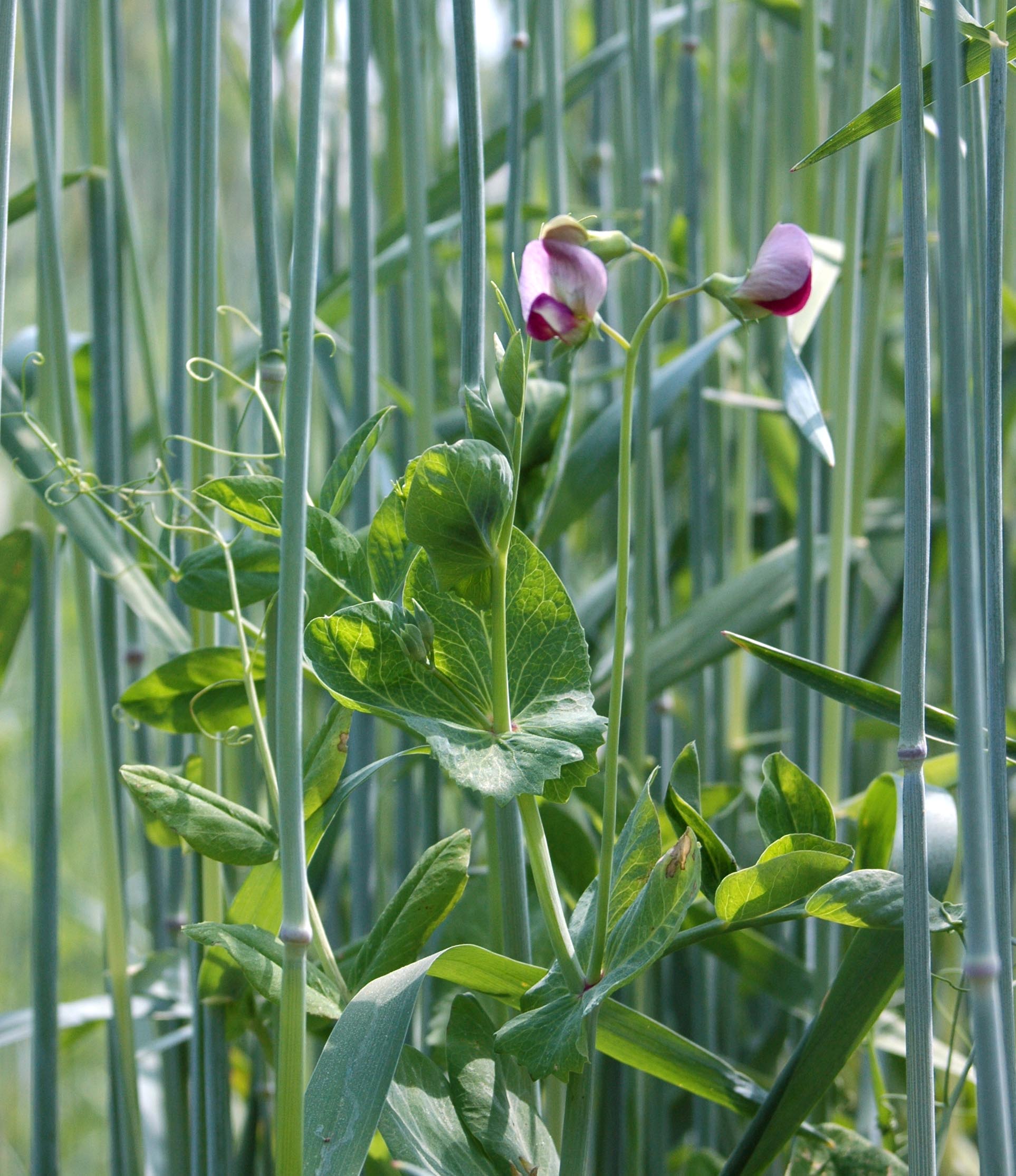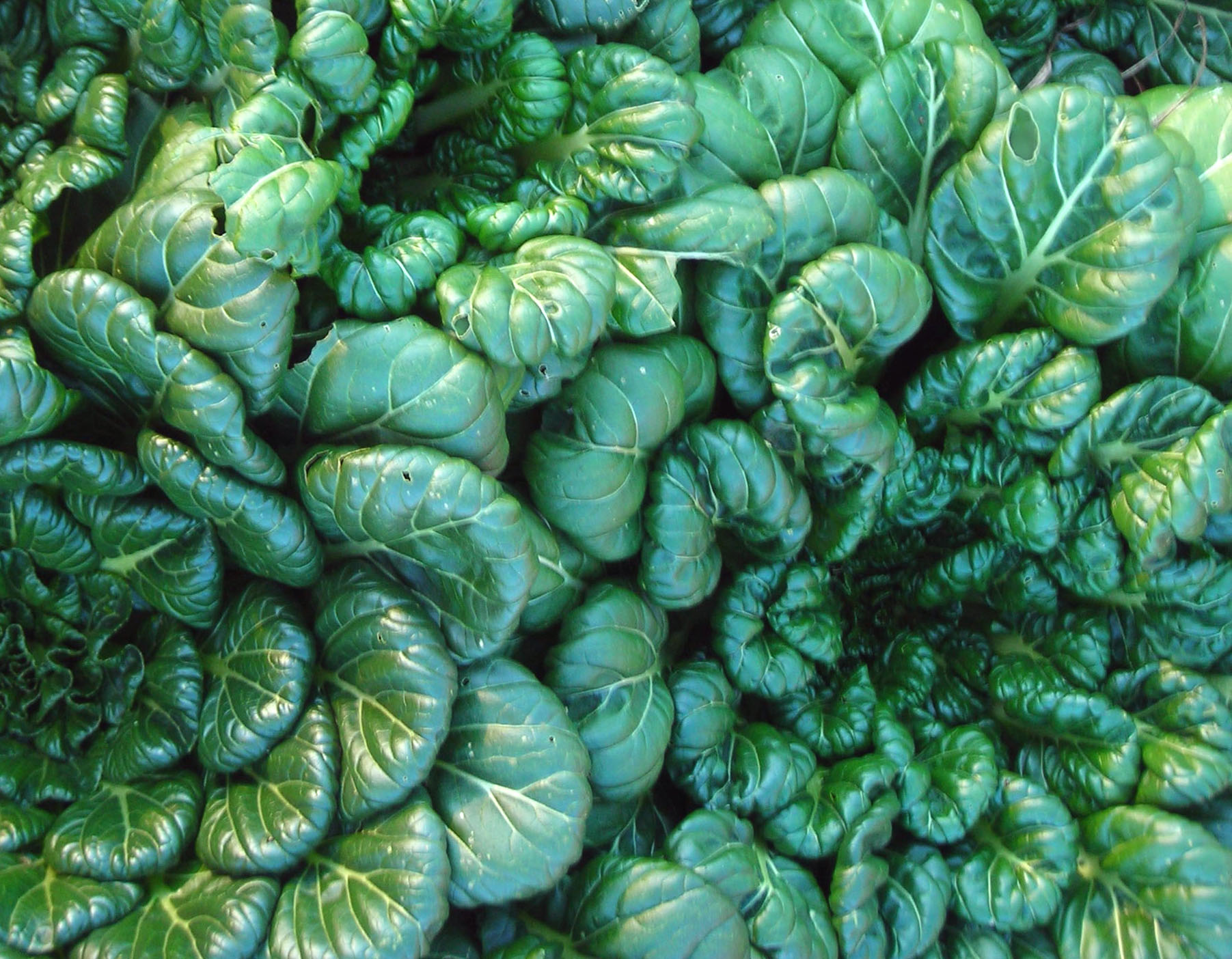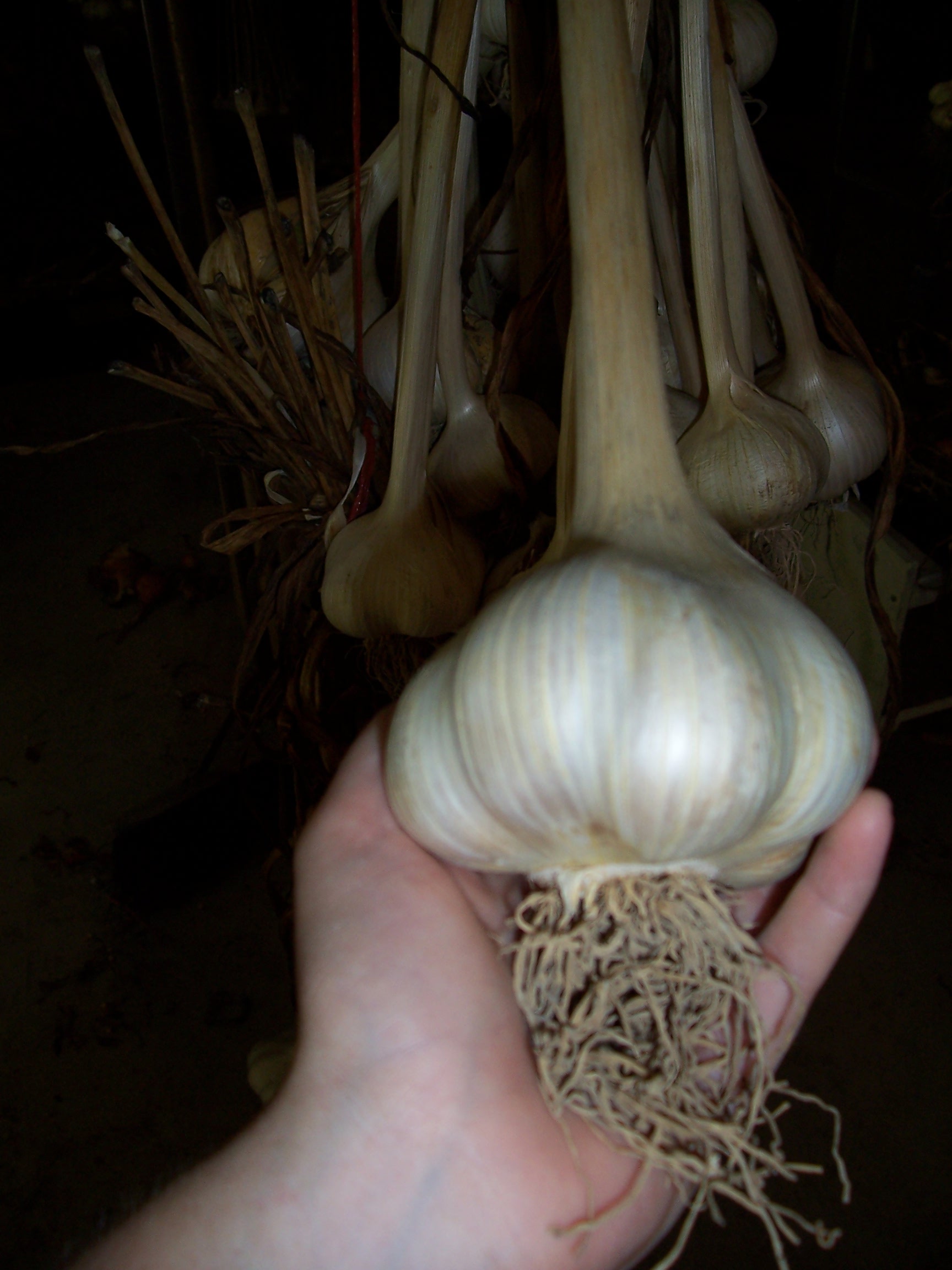
2019 November Gardening Tips by Ira Wallace of Southern Exposure Seed Exchange & author of the Timber Press Guide to Vegetable Gardening in the Southeast
Time to slow down and prepare the garden for winter. Make sure all your frost tender crops have been harvested and your hardy greens are mulched and covered with floating row cover. You can still sow an edible cover of mustard, turnips and kale under cover in some areas. Get a soil test then spread lime or gypsum as needed. Finish up sowing all cover crops by mid-November.
After the first hard frost harvest winter squash, move it to a protected location outside to cure for 2 weeks, then move into a cool, dry location for storage. Finish harvesting your carrots (hardy to 12F), beets, celeriac, kohlrabi, turnips, rutabagas (OK to 20F), and winter radishes (hardy to 20F). Wash and store in perforated plastic bags in fridge. Mulch heavily any remaining carrots, winter radishes, and beets you plan to keep in the garden for extended winter eating.
 Finish curing then store boxes of sweet potatoes in a space as near to 55-60 F, 80-90% humidity as possible. Check white potatoes in storage 2 weeks after harvest. Sort and remove any damaged potatoes.
Finish curing then store boxes of sweet potatoes in a space as near to 55-60 F, 80-90% humidity as possible. Check white potatoes in storage 2 weeks after harvest. Sort and remove any damaged potatoes.
Winterize your rototiller. Remove and store any remaining irrigation tape, fixtures and hoses. Check for any tomato cages or trellises you may have left in the garden.
Sow more spinach and kale for spring harvest in early November if not already done.
When soil temp at 4″ deep is 50F, plant garlic, and mulch immediately, but not too thickly. Free trapped garlic shoots from over-thick mulch, when 50% have emerged. Plant yellow potato onions, Egyptian onion, and garlic by mid-November.
 Check temperature of your garlic storage area and move it to a different location if necessary. Always store garlic between 35 and 40 or above 55( storage temperature between 40 and 55 initiates sprouting).
Check temperature of your garlic storage area and move it to a different location if necessary. Always store garlic between 35 and 40 or above 55( storage temperature between 40 and 55 initiates sprouting).
In late November, you can cut asparagus tops with weed whackers or machetes, and remove all ferns. Mulch then cut fall raspberry canes (after leaves have dropped) with pruners, to the ground. Weed and mulch strawberries. Weed and fertilize grapes, rhubarb, blueberries, asparagus, then spread cardboard & sawdust or shredded leaves for mulch, (use hay for asparagus if available). Weed raspberries. Take vine cuttings, transplant new blueberries if needed or wait until late January or February for bare root plants.
Fermented foods are all the rage. Try making kimchee or sauerkraut with part of your harvest.
There is still have time to harvest perennial herbs and make some very special jelly to share with friends and family during the holiday season. Here is a favorite recipe for you to try:
Rosemary Garlic Jelly
Makes 4 to 8 ounce jars
- Water
• 1 1/4 cups dry white wine - 1/4 cup minced garlic (I use a whole head, maybe more)
• 1/4 cup white wine vinegar
• 2 tablespoons finely chopped fresh rosemary
• 3 1/2 cups sugar
• 1/2 teaspoon butter or margarine
• 1 pouch CERTO Fruit Pectin or I box Pomona pectin
- Wash jars and screw bands in hot soapy water. Pour boiling water over flat lids in saucepan off the heat. Let stand in hot water until ready to use. Boil jars in water for 10 minutes. Let stand in hot water until ready to use.
- Mix wine, garlic, vinegar and rosemary in 3 or 4 quart saucepot. Stir in sugar. Add butter or margarine to reduce foaming. Bring mixture to full rolling boil, reduce heat to a simmer and simmer for 5 to 7 minutes. (This helps suspend the rosemary and garlic in the mixture.) Bring mixture to full rolling boil that can’t be stirred down. Take saucepot off the burner and add package of Certo quickly. Return to boil and boil exactly 1 minute, stirring constantly. Remove from heat. If there is foam and there should not be much, it should disappear when stirred before placing in jars. If there is a lot of foam, skim it with a spoon.
- Ladle immediately into prepared jars, filling to within 1/8 inch of tops. Wipe jar rims and threads. Cover with 2-piece lids. Screw bands tightly. Place jars in pot or canner and make sure that water covers jars by 1 to 2 inches. Cover; bring water to gentle boil. Process the jars for 5 minutes. Remove jars and place upright on towel to cool completely. After jars cool, check seals by pressing middle of lid with finger. (If lid springs back, lid is not sealed and refrigeration is necessary.)
- Label and sore for holiday giving or use it over a block of cream cheese with crackers or put a teaspoon or two on a piece of boneless, skinless chicken or pork in the last 15 minutes of baking.
Enjoy the late season outdoor lettuce, broccoli, and celery. Relax and give yourself a pat on the back. There’ll be new seed catalogs in your mailbox any day!






